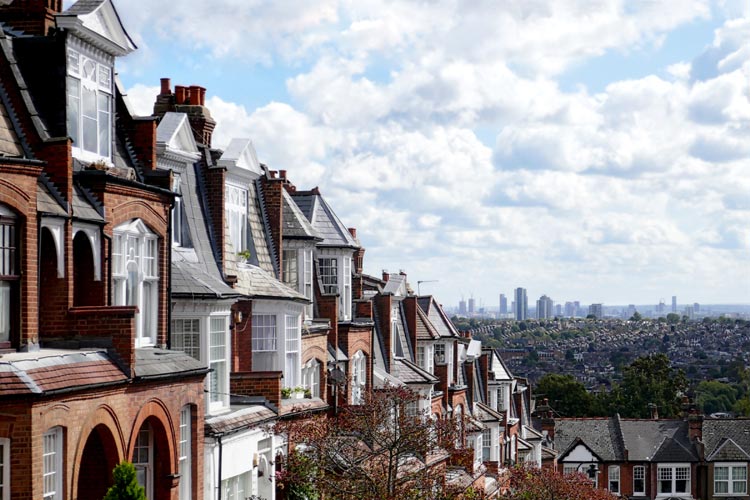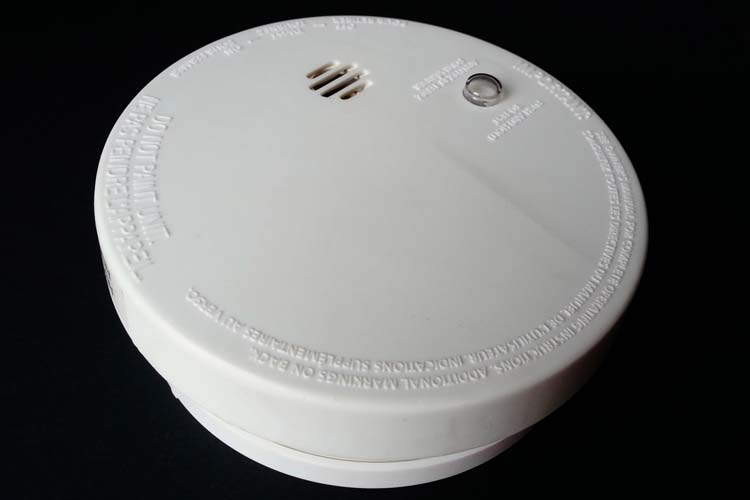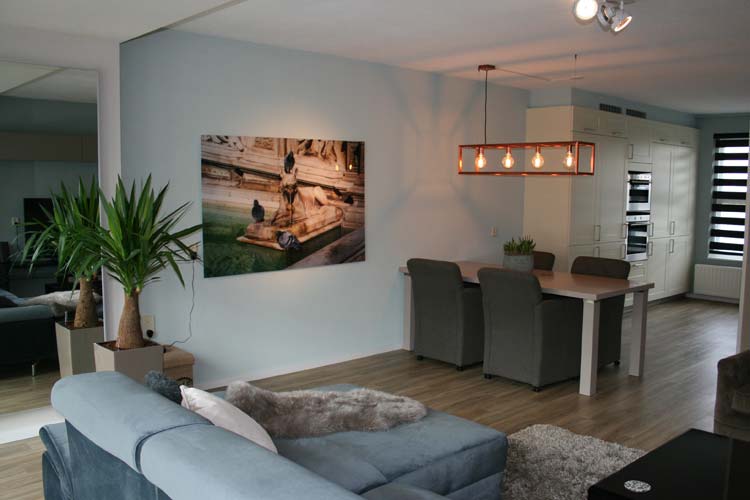You might believe that a fire or incident of carbon monoxide poisoning is unlikely to happen in your rental property. Sadly, such tragedies are all too familiar with several people falling victim to disasters in the home every year.
As a residential landlord, you have a legal responsibility to protect your tenants from the risks of fire and carbon monoxide. In taking care of your tenants, you are also protecting your property from severe damage.

You must acquaint yourself with current regulations for landlords regarding carbon monoxide detectors and smoke alarms. Be aware that fire regulations for rental properties can change at any time, and ignorance is no excuse. Regulations can be imposed nationally, regionally or locally. Keep abreast of any new laws which apply to your property or you could find yourself facing a hefty fine or even a custodial sentence.
In the worse-case scenario, you might have to live with the guilt of knowing that you didn’t do everything you could to prevent the death of a tenant.
What are the current landlord smoke alarm requirements?
The regulations differ for single household occupancy and houses of multiple occupation (HMO’s).
Smoke alarms in rental properties – single household occupancy
The current regulations in England require private landlords to install at least one smoke alarm on each storey of a property in which there is a room used as living accommodation.
The regulations outline the minimum you should do, but the more alarms you install, the safer your property will be for your tenants. Additional alarms might provide occupants with a few extra seconds to escape, which could make all the difference.
The smoke alarms that you install should be audible throughout the property and positioned to maximise their potential to detect smoke. This would typically be in a circulation space such as a hall or landing.
You must ensure that the alarms are in proper working order at the beginning of each new tenancy. However, you are not responsible for testing the alarms during their tenure. You should remind your tenants that they must check the smoke alarms monthly and report any issues found to you as soon as possible.
Long leases or tenancies which grant occupation for seven or more years and accommodation shared with you, the landlord, are exempt from the regulations.
Smoke alarms in HMOs
The fire safety regulations are more stringent for a House in Multiple Occupation (HMO). This is because research has shown that the risks are higher when unrelated people live together. HMO fire regulations vary from one local authority to another. Therefore, it is essential to check the rules in your area.
At the very minimum, an HMO of one or two storeys will require an appropriate mains-powered, interconnected smoke alarm system plus an additional interlinked heat alarm, fitted with integral battery back-up and located in the kitchen.
HMOs of three or more storeys should be fitted with a mains-powered system with a central panel and a heat alarm in the kitchen.
A fire risk assessment must also be carried out in the communal parts of HMOs. If you do not feel qualified to perform this assessment yourself, engage a professional to conduct it for you. Fire safety is such an important issue and nothing should be left to chance.
Carbon monoxide alarm requirements
As a landlord, carbon monoxide is an issue that can never be ignored. Carbon monoxide detectors should be installed in all rooms that feature a solid fuel-burning appliance. If your property has a gas appliance, carbon monoxide detectors are also recommended.
Even if your property has no solid fuel or gas appliances present, carbon monoxide detectors are advisable. This is particularly true if you own a flat in a building, where you have no control over the other units.
What is a ‘solid fuel burning appliance’?
Solid fuel burning appliances are appliances that are powered using a type of solid fuel, such as coal or wood. A non-functioning purely decorative fireplace would not constitute a solid fuel burning appliance.
Do I need a cardon monoxide alarm for gas appliances?
Carbon monoxide detectors for gas appliances are not required by law, however it is advisable to fit one. You should always consider the safety standards required by law to be the minimum that you adhere to.
What type of alarms should I fit?

The regulations do not stipulate which type of alarms you should install, but it is advisable to avoid cutting corners with the cheapest option.
Consider the following before you decide:
Installation and Maintenance – Installing battery-operated alarms is quicker and cheaper than hard-wiring alarms into your power supply. Handling mains-operated alarms requires extra work, like turning off the power supply. Battery-powered alarms are also easier to maintain simply by changing the batteries.
Networks – Networking mains-operated alarms save lives. One alarm triggers the rest, so every occupant is alerted. Battery-operated alarms only sound in one area, so other occupants discover the fire when it has already spread, possibly blocking exits.
Back-Ups – Battery-operated alarms bleep when the batteries run low. Occupants might remove the batteries to stop the noise but forget to replace them. Mains-operated alarms are hard-wired into the power supply, so they switch to a battery supply in the event of a power cut.
Remember that heat detectors are not a replacement for smoke alarms.
Where should I put my alarms?

The regulations do not stipulate where the alarms should be placed, just that at least one smoke alarm should be on every storey and a carbon monoxide alarm in every room containing a solid fuel-burning appliance.
Gov.uk recommends that smoke alarms are fixed to the ceiling in a circulation space, i.e. a hall or a landing, and carbon monoxide alarms are positioned at head height, either on a wall or shelf, approximately 1 to 3 metres away from a potential source of carbon monoxide.
Checking smoke and carbon monoxide alarms
The regulations require landlords to ensure all alarms are in working order at the start of each new tenancy. After that, tenants should take responsibility for their own safety and test all alarms regularly to make sure they are in working order.
It is recommended that smoke and carbon monoxide alarms are tested monthly.
If tenants find their alarms are not working during the tenancy, they should either replace the batteries themselves or notify the landlord.
As it is your property at risk, it is a good idea to mark dates in the calendar to test the alarms, and either remind your tenants to check the alarms or let them know you will be checking in.
How can I prove I have checked the alarms?
Check the alarms as part of your inventory and asks the tenant to sign and confirm that the alarms have been tested and that they are happy everything is in working order.
My tenant will not allow access for an alarm test
Your tenant does not have to give you access to check the alarms. See our article on Landlord Rights of Entry for more information.
To protect yourself, you might like to keep a record of the reminders you sent your tenants and your offers to check the alarms.
Will I be fined if I do not fit an alarm for my tenants?
You could be selected for a spot check from the council or someone may report you to the local authority. For landlords failing to comply, the local authority usually begins by issuing a remedial notice requiring you to fit your alarms within 28 days. If the landlord fails to comply with the notice, the local housing authority will, with permission from the occupiers, arrange for alarms to be fitted. The landlord can expect a fine of up to £5,000 for not complying.
Landlord smoke and carbon monoxide alarm requirements outside of England
Please note that the regulations in Scotland, Wales and Northern Ireland may vary from those in England. If you own a property in these countries, check the laws which apply to you.




